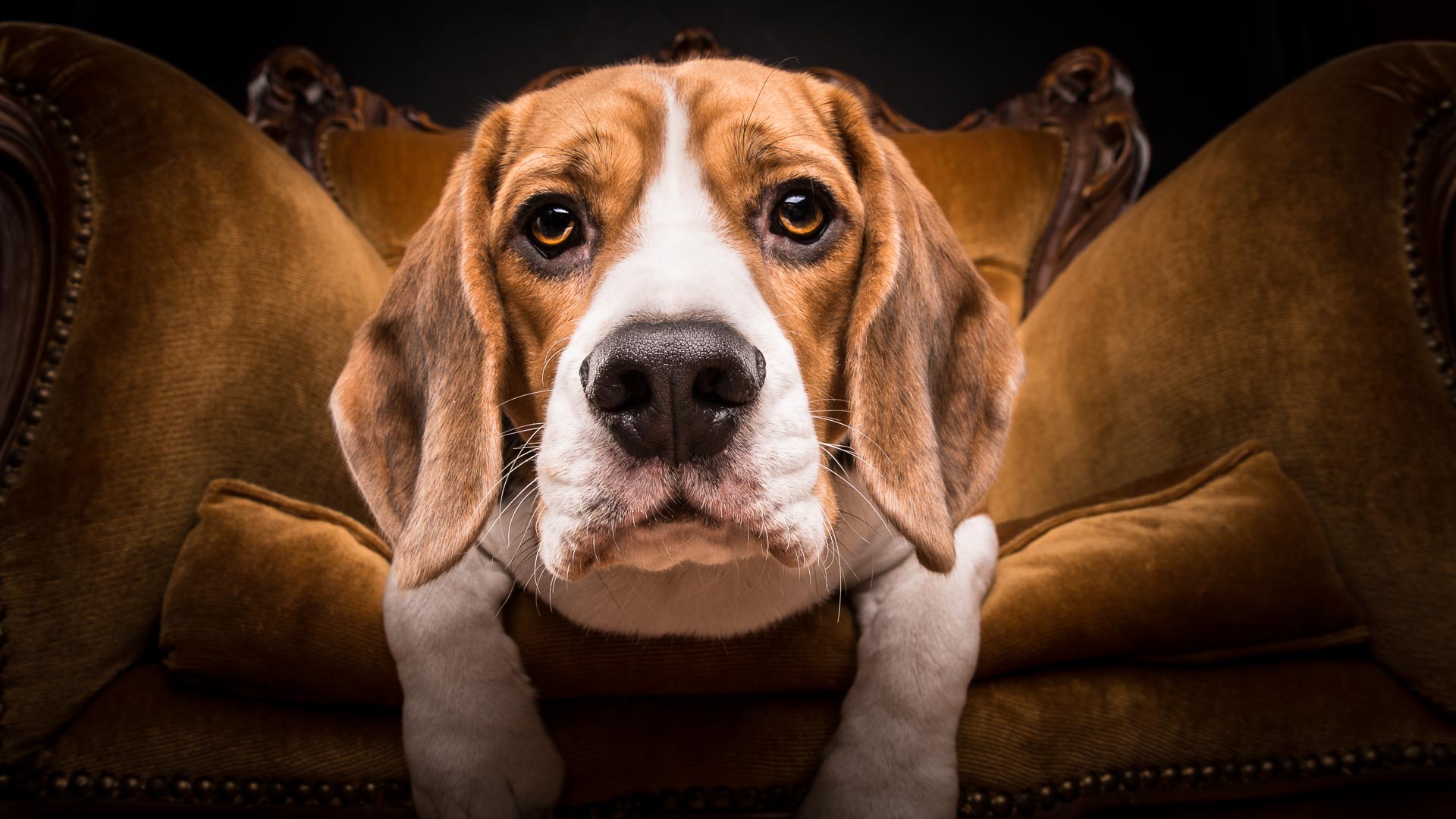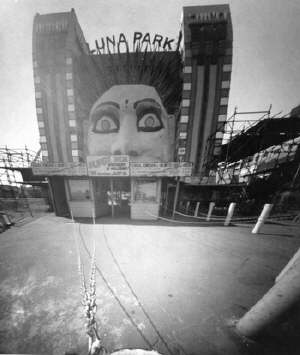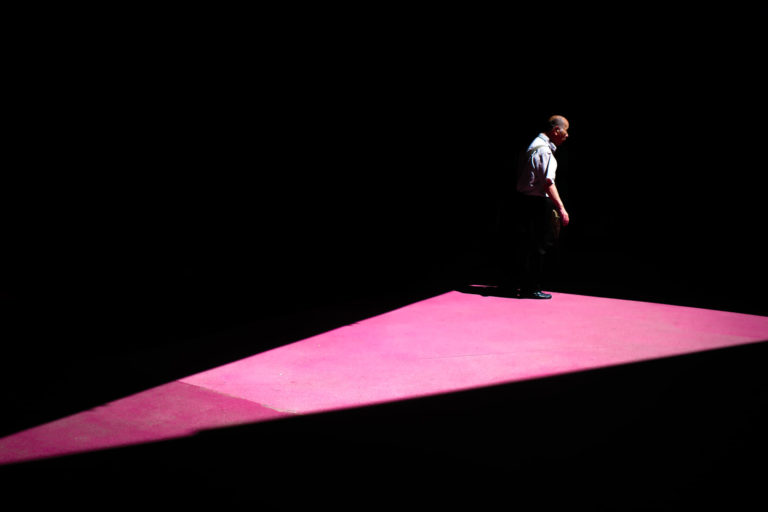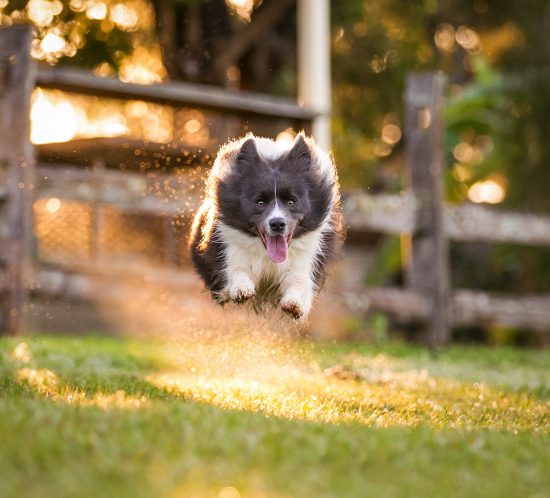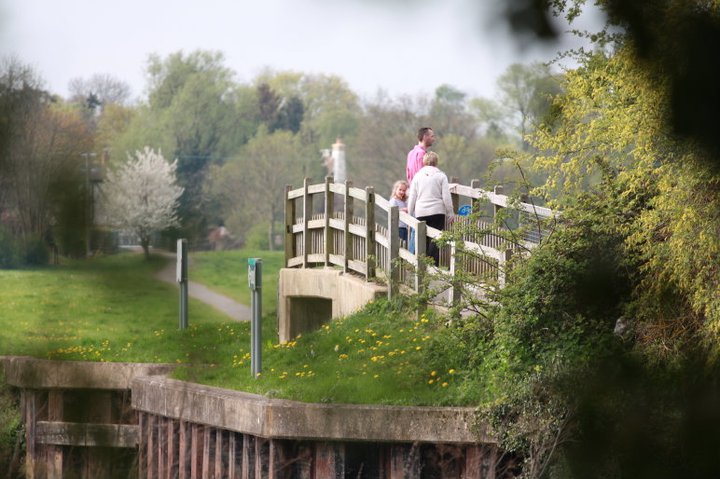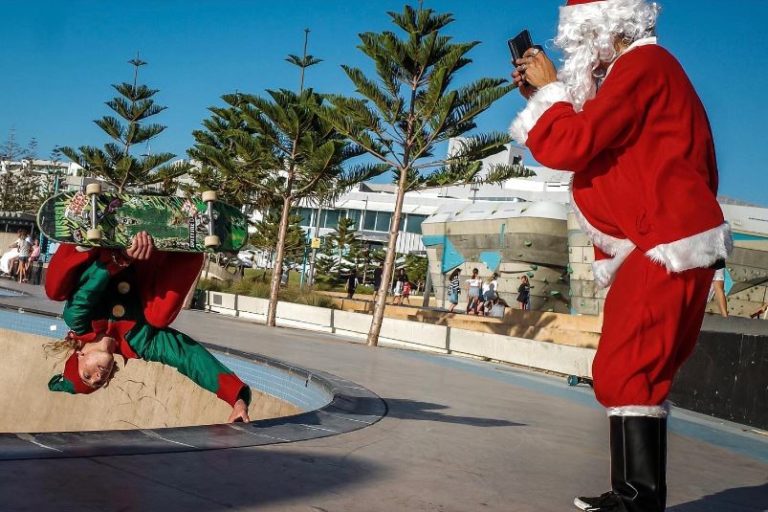Learn pet photography!
Photography for pets is one of the most rewarding styles of photography, but also one of the most challenging. In this pet photography tutorial, you’ll find out how to get started as a pet photographer, learn what equipment works best, along with excellent tips and tricks!
Make sure you hit CTRL + D to bookmark this page, as I’m sure you’ll be back for more tips!
What is pet photography?
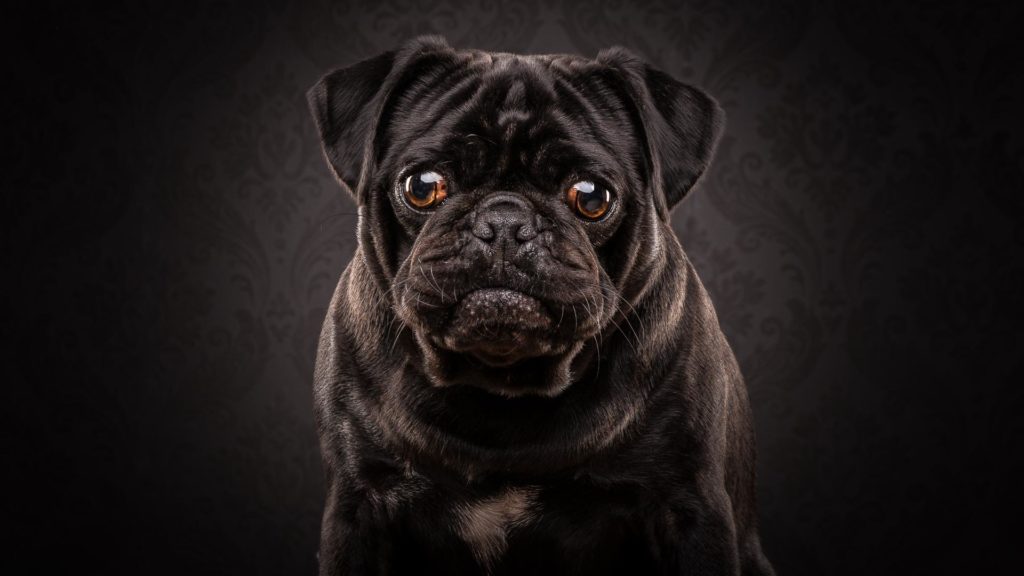
Pet photography is, of course, taking pictures of pets! It’s one of the trickiest yet most rewarding styles, and well worth it if you love animals!
It’s not just about dogs, it’s also about cats, reptiles, birds, and even small mammals like rodents and rabbits! Pet photography is becoming increasingly common, even more so with such a drive for social media profile photos as well as the traditional framed prints for the living room wall.
While anyone with a camera can take a picture of a pet, pet photography requires both technical skill and an understanding of animal behavior. Professional pet photographers use a variety of props and settings to capture the personality of their subjects.
When photographing pets and their owners, it takes precision (or burst mode) to capture the unique bond and personality of the subjects. Photographing black haired pets is the trickiest of all, and requires a careful choice of background and editing know-how.
Pet photography can be both challenging and rewarding, and as an animal lover and pet photographer myself I highly recommend it!
Off the cuff: 5 great tips for professional pet photography
We’ll get much deeper into the subject of pet photography, but for those who prefer instant gratification here are my top 5 tips to make your pet photography look professional:
- Use a good camera and lens. If you don’t have one, consider renting or borrowing one.
- Find a good location with nice lighting. Natural light is always best, but if you need to use artificial light, try to use soft light instead of harsh direct light.
- Shoot in RAW format if your camera allows it, so you have more flexibility in post-processing.
- Take your time and experiment with different angles and compositions. Try to capture your pet’s personality!
- Edit your photos using a photo editor like Photoshop or Lightroom. Knowing basic editing techniques can make a make or break difference to the quality of your pet photography!
Getting started as a pet photographer
Pet photography jobs are hard to come by, so if you want to be a pet photographer you’ll likely need to forge your own company. Don’t be put off though, as working for yourself is highly rewarding and can be very profitable if you make a name for yourself in your local area.
Building a photography business can take time, and in the early stages you’ll likely need to work two jobs.
Recent years has shown more and more people wanting to hire pet photographers to capture special moments with their pets, so there’s plenty of work to be had, but you’ll need to be moderately good though, and at least know the basics.
Finding your first client, and managing to pull off some semi-decent shots, will likely be a very rewarding and memorable experience. Getting paid for the first time is also highly rewarding, even if it isn’t much!
Is pet photography profitable?
Once established, particularly in a local area where pet owners love your work and queue up at your door for photographs with their furry children*, you can literally rake it in.
It’s not all about photography either, as building a social media profile, particularly Instagram, will often open other doors. Once you have a few years experience you can also train others, run courses, or create YouTube videos to helps others. This guide for learning pet photography is one example, especially if you click an ad 😉
* Please note I mean furry pets here, not people’s actual children covered in fur.
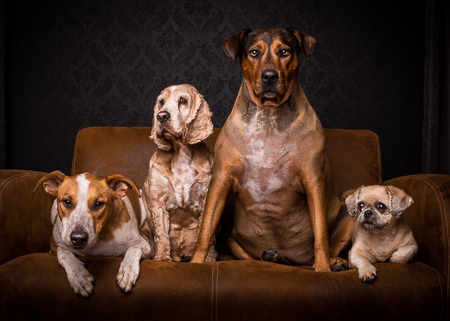
How much do pet photographers charge?
There’s no definitive answer as skill and reputation play a big part, so pet photographers’ rates can vary.
Rates often depend on a variety of factors, such as type and size of shoot, the number of photos included in the package, and the location(s) where the shoot will take place.
As a general rule of thumb, pet photographers in Australia typically charge between AU$100 and AU$350 for a basic photo shoot, but you may find costs ramp up the more photos you decide to purchase from the shoot. A pet photographer with an established reputation may charge upwards of $2000.
Quite often pet photographers charge variable rates based on add-on options, such as prints, digital images, or albums, and this can greatly affect the cost of a basic package.
So if you want to know how much pet photography costs, a good ballpark figure for a decent pet photographer plus prints could be $800+.
Pet photography tips for beginners
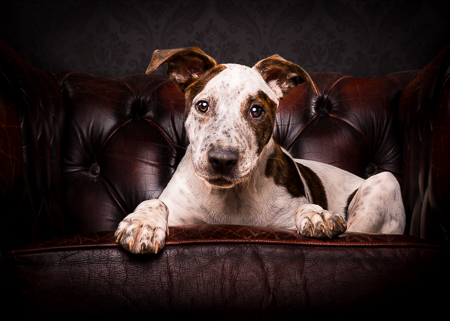
Everyone starts somewhere with pet photography or photography in general. Even if you’re new to photography, the basics you’ll learn about shutter speed, aperture, and ISO are just as applicable to pet photography as landscape, portrait, or street photography.
In fact, it’s easier to learn about camera settings if you’re specifically focused on pet photography, as most of the time you’ll opt for a fast shutter and lower apertures (know as f stops, such as f2).
Let’s take a look at some great ways to learn pet photography:
Where to learn pet photography
It has to begin somewhere, and there’s no better place than at home with your own pets. You know how they behave, and you have plenty of time. In these days of digital photographs you can take as many as you need to gain confidence.
Pick some of your best, and play around in Adobe Lightroom or any similar photo-editing software until you refine your skills. As a rule of thumb I consider taking the photo only 50% of the work, and post-edit where your photos will really come to life.
Photograph your friend’s pets!
Your friends will never turn down an opportunity to be photographed with their pets. You won’t get money out of them, but you’ll gain valuable experience. Working with pets you’re unfamiliar with is an excellent way to hone your skills as a pet photographer!
Voluntary work for animal shelters & rescues
A great way to learn pet photography, and gain reputation while you’re at it, is to work with local animal shelters and rescue organisations. You’ll often find they’ll let you photography their pets, and in return use the photographs to advertise the pets for rehoming. You won’t get paid for this, but the experience will be excellent.
Pet photography equipment
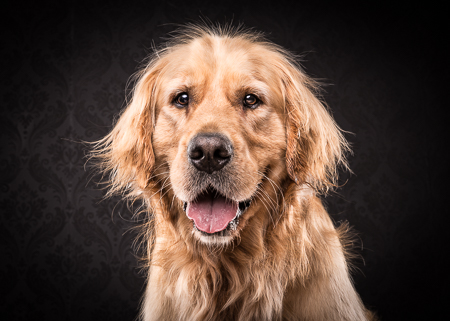
If you’re new to pet photography, or photography in general, then there is no reason to spend thousands on a top-end camera and lenses. Digital SLRs (DSLRs) are a good choice, and there are plenty available on the second hand market in excellent condition only a year or two old. Most of those DSLRs have all the capability and resolution you need, and then some, for half the price.
If you’re limited on budget it’s better to invest in a decent lens rather than a state of the art DSLR body. A good lens can stay with you for years, whereas a camera body will age quickly as technology evolves.
Let’s take a look at the three key pieces of equipment you’ll need for pet photography:
What’s the best camera for pet photography?
The best camera for pet photography is the one you’re most comfortable using, but there are some boxes which must be ticked:
- A fast shutter speed is essential for capturing pet expressions or action, and a “burst” mode which allows you to take multiple photos over a short period is both an excellent “cheat” tactic which I highly recommend getting used to.
- An interchangeable lens camera as you’ll likely favour either a good zoom lens and/or a prime lens. Fixed lens cameras or portables with built in digital or optical zoom won’t cut the mustard with pet photography.
- A camera with manual controls which is easy to adjust will prove helpful. Over time you’ll learn to adjust your camera settings without thinking, and this will be an essential skill to capture the best pictures possible.
Oh, and make sure you have plenty of storage space on your memory card(s) so you can take as many pictures as possible!
If you want some of our recommendations for the best pet photography cameras in Australia, then here you go!
What lens is best for pet photography
There are two schools of thought when it comes to the best lens for pet photography:
Macro lenses & wide angle
Macro lenses allow you to take excellent close up shots which really capture the personalities and expressions of a pet. The caveat is you’ll need to get close to the pet, and this often causes the animal to move and ruin the shot. That said, done right, can reward you with class pet photos.
Wide angle lenses, such as a Canon EF 16-35mm f/4L IS USM, offer an excellent perspective and really let the pet “pop” and show character. This works particularly well with Pugs and smaller pets, but once the skill is refined works well for any pets.
Both macro and wide angle lenses are tricky for pet photography, so if you’re a beginner a zoom or telephoto lens might suit you better:
Zoom or telephoto lenses
There are two inherent benefits with zoom or telephoto lenses. Firstly, you can distance yourself from the pet which really makes life easier, as it’s far less distracting for the pet. The other perk is a shallow depth of field – in layman’s terms this is when the pet is in crisp focus, and the background (and foreground) is blurred. Combined with a low aperture (lower f stop) it’s possible to have a crisp focus on the eyes of the pet, with other aspects of the pet blurred.
What’s the best pet photography lighting?
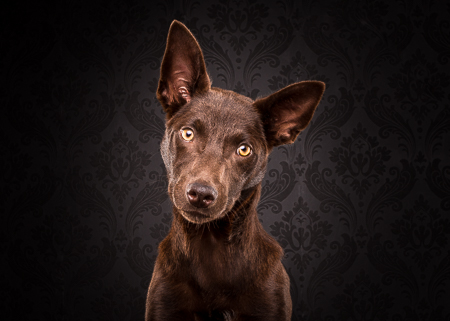
There’s no one-size-fits-all answer to this question. The best lighting for pet photography will depend on a number of factors, including the type of pet you’re photographing, the location, and the time of day.
However, there’s a few general tips which can help you achieve great results:
Shooting indoors
If you’re photographing indoors, natural light is always going to be your best bet. Position your pet near a window and use a reflector to bounce some light back into their eyes. This will help bring out their features and create a more impressive portrait.
A skill I learned as a street photographer which really translates to pet photography is having the light source light up half of their face, leaving the other half in shadow. As you develop your techniques as a pet photographer you’ll find your own preferences with lighting, what works, and what doesn’t.
Soft, diffused light, works really well with indoor pet photography. If light from a window is too strong, softening the light with a sheer curtain often works perfectly.
Shooting outdoors
Outdoors, early morning or late afternoon sunlight is usually most flattering. Midday sun, especially in Australia, is often too bright. You can use diffusers, but if you can opt for a time of day when the light is softer. Another benefit of early morning or late evening is shadows can add a great deal of character and drama.
If you do shoot outdoors, try to position your pet so the sun is behind them. This can create a natural backlight which can really make your subject stand out. If it’s not possible to position your pet in this way, you can always use a reflector to bounce some light back onto their face.
Using props in pet photography
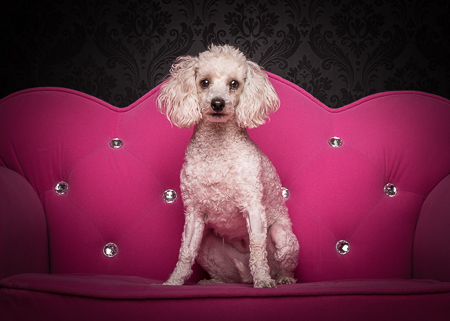
Props can make a professional pet photograph as much as the pet! Sometimes decent props can also make your life easier, doing part of the work for you. You’ll likely find your own preferred style, which may even be a plain white or coloured background and no props at all.
You’ll find most professional pet photographers use retro or antique furniture as a prop. Chesterfields work very well and really add character, and you’ll find many pets will more readily sit on a Chesterfield than the floor or wooden chair.
Old furniture can be found anywhere, often cheap, so get hunting for whatever suits you.
Other good props for pet photography are pet bow ties, ties, hats, or comical garments. Although this may not appeal to all clients, it’s worth having a collection at hand to add some pizzazz to a pet photograph.
This Superman dog harness is often a winner.
Finding a pet photography studio near you
You’ll find a handful of excellent pet photography studios in every Australian city. If you are one of those studios or have any recommendations, let us know in the comments and we’ll add them to the below list.
Pet photography Adelaide
Pet photography Brisbane
Pet photography Canberra
Pet photography Darwin
Pet photography Melbourne
Pet photography Perth
Pet photography Sydney

